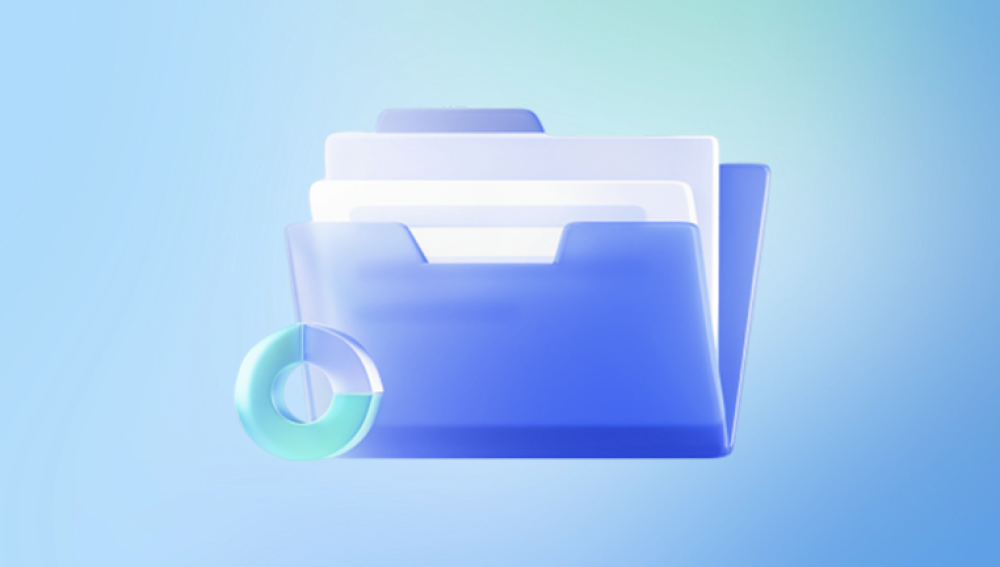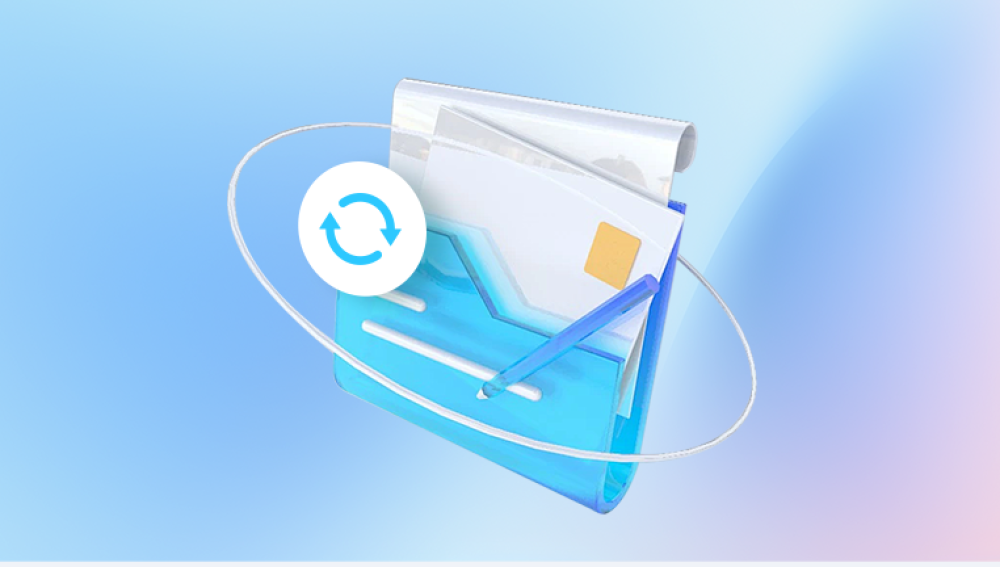Losing a VirtualBox snapshot can be a serious issue, especially if that snapshot captured a stable state of a virtual machine (VM) before major changes or experiments. Snapshots are essential tools for developers, testers, and anyone managing virtual environments. Unfortunately, if a snapshot is permanently deleted intentionally or accidentally it may seem like there's no way to get it back. However, with the right methods and understanding of how VirtualBox handles snapshots, recovery might still be possible.
How VirtualBox Snapshots Work
Before diving into recovery techniques, it's important to understand how snapshots are structured within VirtualBox. When you take a snapshot, VirtualBox captures the following:
VM state: Includes memory contents (optional) and hardware configuration.
Differencing Disk (VDI/VMDK): A new disk image file is created, and changes to the VM after the snapshot are written to this differencing file.

Snapshot Metadata: Stored in XML files within the VM folder.
All these components work together to allow you to revert the VM to a previous state.
When you delete a snapshot via the GUI or CLI, VirtualBox typically merges changes into the parent disk and removes snapshot metadata and differencing files. But what if the snapshot was deleted and you didn’t intend it—or you deleted the wrong one?
Section 1: Determine the Type of Deletion
Understanding how the snapshot was deleted determines what you can do next:
Soft Deletion via VirtualBox GUI: If you deleted the snapshot through the interface, VirtualBox likely merged data, making individual snapshot recovery difficult.
Manual File Deletion: If you deleted snapshot files manually, recovery tools may help.
Accidental Deletion with No Backup: Some hope may remain using recovery software or disk repair tools.
Section 2: Check for Automatic Backups or Saved States
VirtualBox itself doesn’t create backups automatically, but your operating system or backup tools might. Before doing anything drastic:
Check if your system has a recent restore point.
Look into Windows File History, Time Machine (macOS), or rsync backups (Linux).
Search for shadow copies or volume snapshots.
If these tools had access to your .vbox, .vdi, or Snapshots folder, you may be able to restore an earlier version.
Section 3: Use Data Recovery Software
Drecov Data Recovery
Drecov Data Recovery is a robust and user-friendly software designed to help users retrieve lost, deleted, or formatted files from a wide range of storage devices. Whether you’ve accidentally deleted important documents, experienced a system crash, or lost data due to formatting or corruption, Panda provides a streamlined recovery process for Windows and macOS users alike.
At its core, Drecov Data Recovery utilizes advanced scanning algorithms to dig deep into hard drives, USB flash drives, memory cards, external storage, and SSDs to locate and restore files that would otherwise be deemed unrecoverable. It supports recovery of photos, videos, documents, archives, emails, and more across various file systems like NTFS, FAT32. exFAT, and HFS+.
The software offers two primary scanning modes: Quick Scan for recently deleted files and Deep Scan for comprehensive file structure analysis and raw data recovery. Users can preview recoverable files before restoring them, ensuring accuracy and saving time.
Section 4: Analyze the VirtualBox Configuration Files
VirtualBox VMs are managed using .vbox and .vbox-prev XML files located in the VM directory.
To Inspect These Files:
Open both .vbox and .vbox-prev files with a text editor.
Look for entries to find snapshot metadata.
If the .vbox-prev still contains snapshot references, rename it to .vbox, but keep a backup.
Restart VirtualBox and see if the snapshot appears.
This is a powerful recovery method if the snapshot data is still present but was just removed from the current configuration.
Section 5: Restore from External Backup Tools
If you use third-party backup tools such as:
Veeam
Acronis
Clonezilla
rsync
...you may be able to restore the entire VM folder to a state before the snapshot was deleted.
Steps:
Browse your backup tool for the latest version of your VM folder before deletion.
Restore that version to a separate directory.
Register the VM in VirtualBox using the recovered .vbox file.
Boot the VM and confirm snapshot presence.
Section 6: Attempt Manual Snapshot Reconstruction (Advanced)
If you’ve recovered a differencing disk but lost the XML metadata, you may attempt to manually rebuild the snapshot chain.
Identify the UUIDs of the base disk and differencing disk.
Create a copy of the base .vdi file.
Use the VBoxManage command to reattach the differencing disk:
VBoxManage internalcommands sethduuid /path/to/differencing.vdi
VBoxManage clonehd /path/to/differencing.vdi /path/to/new-composite.vdi --format VDI
Attach the new composite disk to a fresh VM.
Boot and test the integrity of the recovered state.
This approach is risky and should only be attempted by users familiar with VirtualBox internals.
Section 7: Preventive Measures for the Future
After recovering or losing a snapshot, implement these strategies to avoid future data loss:
Use Regular Backups:
Automate VM folder backups using rsync, robocopy, or backup software.
Export Appliance Regularly:
File > Export Appliance to save VM state to a single .ova file.
Avoid Manual File Deletions:
Always use VirtualBox GUI or CLI to delete or manage snapshots.
Enable Host OS File History:
Enable File History (Windows) or Time Machine (macOS) for your VM folder.
Keep VirtualBox Updated:
Bug fixes and stability improvements may help avoid snapshot corruption.
Document VM Changes:
Maintain a log of snapshot names, creation dates, and purposes.




